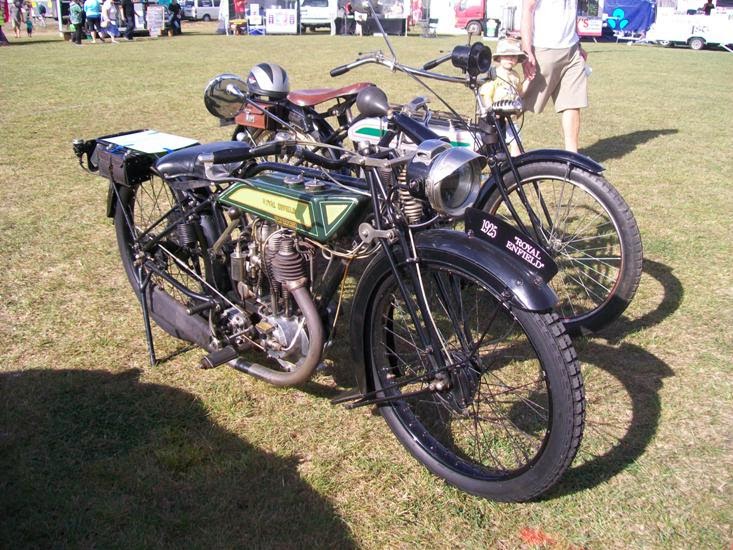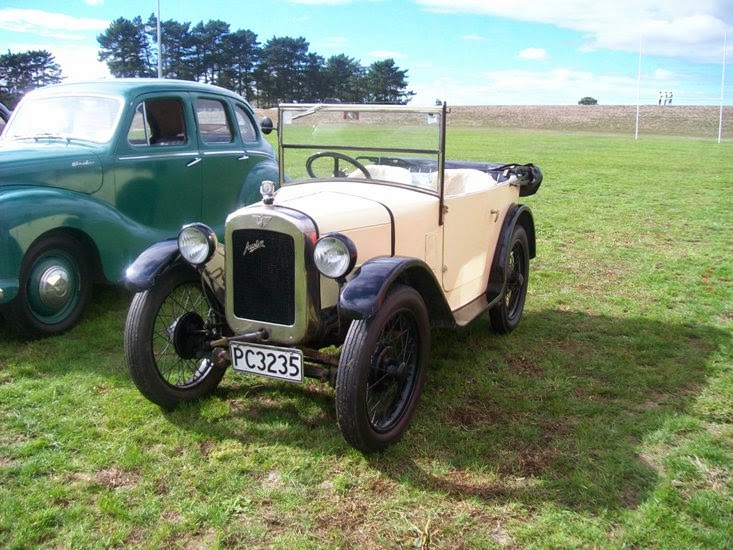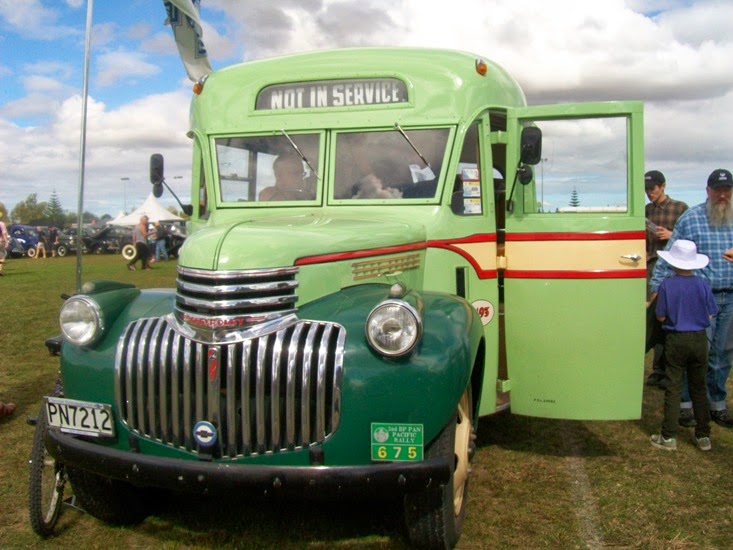From the NZ Herald
, 30 December 1876
A VISIT TO THE TITIRANGI RANGES.
On Boxing-day the new 'bus made by Messrs. Cousin and Atkins
to the order of Mr. F. Quick, for the Auckland and Whau line, made its maiden
trip, having been chartered by Mr. B Gittos to take a party of friends to his
kauri bush in the Titirangi ranges. The vehicle —which has been named “Carryall"—is
licensed to carry 24 passengers, is built in Messrs. Cousin and Atkins' best
style, and will prove a great convenience to the settlers of Morningside, Mount
Albert, the Whau, and also to other residents on the New Great North Road.
There are evident signs of progress and prosperity in these localities, and the
cosy villas nestled at the foot of Mount Albert, with their ornamental pleasure
grounds and shelled carriage drives, would not do discredit to the more
aristocratic suburb of Remuera. Business does not seem to be overlooked in the
pursuit of pleasure, for across the valley, on the boundary of the Whau
district, are the brick and tile works of Mr. Boyd; further west, those of the
Hon. Dr Pollen, the Whau tannery of the Messrs. Gittos and near the Whau bridge
the fellmongering establishment of Messrs. Bell and Gemmell —evident tokens
that our local industries are being diligently cultivated and developed.
On of the latest improvements added to this section of the Whau is the
Presbyterian manse, occupied by the Rev. Robert Sommerville, the esteemed
pastor of the district. For years the Lunatic Asylum has stood in desolate
grandeur on the northern side of the plain, but it will now have to divide the
honours with the pile of buildings known as the Auckland Waterworks —the tall
chimney-stalk of which struggles skywards, as if bent on keeping its head above
and beyond the fragrance of the passing night-carts. Shortly the many
hundred-armed machinery of that establishment will send streaming down from the
Khyber Pass and Ponsonby reservoirs the sparkling God-given water that shall
rush under our roadways, dash out of the hydrants, toss up in our city
fountains, and with silver note, and golden sparkle, and crystalline chime, say
to thousands of our population, in the authentic words of Him who made it, “I
will: be thou clean!”
It needs but a glance at the configuration of the country to
see that the payable line for the Auckland and Kaipara Railway is by
Morningside, Mount Albert, and the Upper Whau. A large suburban population is
rapidly settling on the volcanic slopes and patches along the New Great North
Road, which in addition to the yearly increasing number of manufactories in the
valley, will form no unimportant "feeder" to the through traffic of
the Kaipara line. The route via Ponsonby and Point Chevalier, with two trains
per day, will never have a "show" for the suburban passenger traffic
against Quick's buses running to and from the centre of the city every quarter
of an hour. After getting out of Ponsonby the character of the country will
prevent settlement in a westerly direction to the sea, unless departures for
the projected cemetery at Point Chevalier, and brickdust and pipeclay are
regarded as factors in the computation of the anticipated traffic.
After passing the Whau Bridge the character of the country greatly changes, but
not for the better, and the eye turns with a sense of relief from the dun
coloured interminable waste of fern stretching away south, to the alluvial
bottom lands of the Whau Flat, clothed in emerald green. Here may be seen what
agricultural skill and science can effect in the land farmed by Mr. Bollard,
whose experiments in utilising the night soil of the city are, after a very
heavy expenditure of capital we are glad to learn, likely to prove remunerative
and successful. On the fern plain above alluded to, for many miles, the only
indications of human industry and skill are the little pipe clay mounds which
betoken that the irrepressible gum-digger has been "cavortin'
around."
On the Titirangi Ranges things are but little changed,
during the past fifteen years—the roads are greatly improved, and speedier
access is obtainable to the city for stores; but not a few of the settlers have
one by one given up the struggle to wring a bare competence from, in many
instances it is to be feared, indifferent soil. The staple of the district is
its timber. A pleasant feature in the landscape is the pretty little
schoolhouse (also used as a place of worship), shewing that the settlers value
that best of blessings for their children—a good education—though removed from
the advantages and pleasures of town society. From the top of the mountain at
the back of Bishop's clearing could be seen the ranges trending away to the
waters of the Manukau and the West Coast, with shelving, precipitous banks,
while from base to summit the watershed on both sides was clothed with forests
of magnificent kauri—some of these giant monarchs of the forest rearing their
bare trunks, straight as a gun barrel, sixty and seventy feet into the air, and
a horizontal section of the "stump" of one of them would form a
commodious "round table" for King Arthur's Knights.
From the hill above alluded to is obtainable one of the finest views in the
province—a panorama of mountain, and forest, sea and plain, which is only
distantly approached by the view to be got from Maungarahe, above Tokatoka, on
the Northern Wairoa; and one can readily understand how such ardent admirers
and students of nature as Governor Gore Browne and Sir George Arney should have
frequently repaired to this spot. Even “the Earl and the Doctor" had heard
of its fame, and on the summit stands a fragment of a pole planted by the Earl
of Pembroke, in token of his visit. How the pole came to its present condition
is a moot point; on the one hand, it is asserted that Young New Zealand
"went for" that pole in order to shew his contempt for the
"bloated" British aristocrat, while on the other hand, it is
cynically suggested that colonial snobbery was rampant, and the pole handled by
"a real live lord" disappeared by inches in the manufacture of
relics.
From the staff, facing westwards, the spectator views the
Waitakerei ranges, with the Big and Little Huia, piled tier above tier
heavenwards, on any principle, or rather, no principle, but just looking as if
they had been "hove" there by the gods during some Titanic rumpus.
Carrying the vision to the right are seen the Helensville, Wade, and Tangahua
ranges; then in succession the Kawau, Great Barrier, Cape Colville, and the
Thames mountains dying away towards the Ohinemuri country. In the more immediate
foreground, looking east and south, are the Wairoa and Hunua ranges, the
Pukekohe and Bombay settlements plainly visible, Awitu, Waiuku, and the Waikato
Heads. Following the coast line to the starting-point, the drift-sand, which is
steadily advancing inland and encroaching upon settlement in that quarter, can
be plainly seen at a glance. The panorama closes with the South Head of the
Manukau, its front—scarred and gashed by a thousand tempests—frowning out on
the Pacific, which, with eternal refrain and "immeasurable laugh,"
dashes itself into foam on the sandbanks at its base—while the Paratutai
semaphore, standing out in bold, relief against the western horizon, gives
token that “A sweet little cherub sits up aloft and looks after the life of
poor Jack." The Manukau basin—an inland sea only inferior in extent to the
noble estuary of the Kaipara—stretches away from the feet of the spectator to
Drury and Waiuku, and on Boxing-day mirrored on its bosom the noble mountains
on its northern margin, under a sky
“So cloudless, clear, and purely beautiful,
That God alone was to be seem in Heaven.”
The only incident worthy of special record during the trip was the advent in
that truly rural district of an officer of H.M. Customs. The wild and sequestered
ranges of Titirangi and Waitakerei have long lain under the blighting suspicion
of a “private still” but as the contents of certain hampers of the tourists had
duly paid toll to Her Majesty, the Volscians were not fluttered. The officer in
question "tooled" his four-wheeler up the ranges in the rising morn, only
to find that there are exceptions to the old adage touching “the early bird
getting the worm.” The solution of the mystery turned out to be that, instead
of “bulling or bearing" in the Custom-house, he had taken advantage of the
holiday to refresh his spirits by getting a sniff of the Titirangi ozone, in
preference to “guaging" those of other people. Both parties of tourists
returned to town wiser, in some respects, and certainly not sadder, by the
trip.






_after_the_1916_Easter_Rising.JPG)

















































